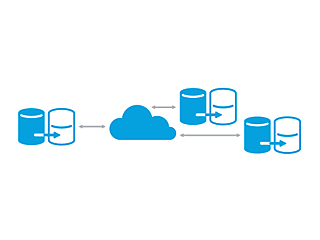Presenting a new CSV to an existing Hyper-V cluster is simple operation, but the steps listed on the MS site miss out some key steps so here are all the steps you will need to add a CSV. This can all be done online with no impact to the cluster.
1 Present your storage to the cluster. Through the creation of a LUN or otherwise
2 Connect to a node in the cluster. Launch Disk Management and bring the disk online.
3 Initialise the disk
4 Create a simple volume and choose to not assign a drive letter. Label the volume as you wish it to appear in the cluster

5 Open up Windows Failover Cluster Manager, highlight storage right click add disk

6 Next right click the disk in Failover Cluster Manager and select add to cluster shared volumes

Thats it, simple when you know how.

